Avoid disappointment! Spend a few minutes on this page before choosing your Code Reader or Scanner.
Not all Code Readers/Scanners are created equal. The information here will help you choose the one that’s right for you.
What is a scanner, code reader, scan tool?
It is a device that connects to your vehicles on-board-computer. It can read data generated by your vehicles computer such as ‘error codes’. The device can also reset these codes. Many have advanced functions which are listed below.
Step 1: Do you want a ‘basic code reader’ or a ‘higher end unit’?
A basic code reader is low cost and will read the engine codes and erase them. This is often all you need if you just want to know the codes to keep your mechanic accountable or perhaps do your own basic repair. They are identifiable by the fact they usually only have 2 buttons.
*Pitfalls! The low cost readers have the most compatibility issues. They are designed to work on the most common models and don’t have the programming to cover all protocols from all car manufacturers.
From our experience, about 98% of the low cost readers we sell work fine. The other 2% experience incompatibility. It is recommended that you check your vehicles protocol as explained below before buying a low cost unit.
A higher end unit will cost more but will perform more functions and have a much less chance of experiencing incompatibility. Some examples of added functions include:
- ‘ABS or Airbag capability’: Read and reset other systems such as Antilock Brake System and Airbags.
- ‘On Screen Definitions’: Lower cost units just display a code. You then have to look up the definiion in a provided code book. The ‘on-screen’ option allows you to see the definition right on the readers screen.
- Printing ability: Print results to your printer.
- ‘Live Data’: View engine sensors and performance in real time, even as you are driving. Good for diagnosing problems.
- Updatable: Update the device online to keep up with changes in vehicle protocols.
- ‘Memory’: Saves your data in the scanners memory for later viewing.
- ‘Retrieve the VIN (vehicle identification number)’: Displays the VIN of the vehicle. This is usefull if you suspect a vehicles VIN has been tampered with or the car has been rebuilt.
Step 2: Avoid compatibility issues. Find your vehicles OBD2 Protocol?
If you are buying a ‘universal type’ or a ‘low cost’ scanner, check your vehicle to see what ‘OBD2 protocol’ it uses. If a scanner we sell does not read all protocols, we will state what protocols it reads right in the items description.
To find out what protocol your vehicle uses, check for a label under the hood.
You can also look up your vehicle here: OBD2 Protocols by vehicle make and model.
…or check your vehicles diagnostic connector.
Where is my vehicles Diagnostic Connector? Click here.
Your vehicle uses 1 of 5 possible protocols:
- J1850 PWM – The connector must have pins 2, 4, 5, 10, and 16.
- J1850 VPW – The connector must have pins 2, 4, 5, and 16, but not 10.
- ISO 9141-2 – The connector must have pins 4, 5, 7, and 16.
- ISO 14230-4 (KWP2000) – The connector must have pins 4, 5, 7, and 16.
- CAN-BUS (J1939 & ISO15765-4) – The connector must have pins 4, 5, 6, 14 and 16.
Step 3: Look into our Universal TOAD Scanner…
Total OBD & ECU Auto Diagnostics (TOAD) package allow you to “hack” your car’s performance, optimize fuel consumption, perform live diagnostics, tune the ECU chip, and fix common problems via it’s OBD diagnostic system.
It comes with cable/software… everything you need to get started!
Or of you will be scanning VAG cars (Volkswagen, Audi, Seat, Skoda), then we suggest our VAG-COM kit.


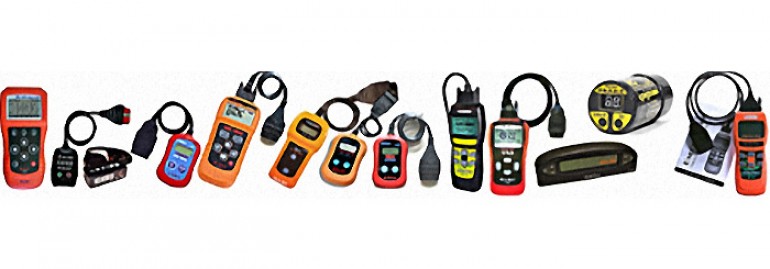
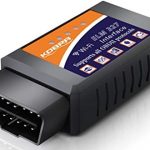
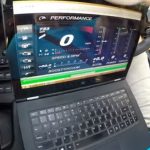
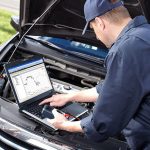
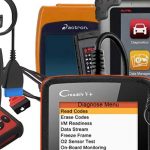
MY CODES IN MY SCAN TOOL GOT EASED HOW DO I RECOVER THEM
Choosing code reader can be daunting seeing how many readers on the market. I just look at reviews and realize all code readers are same. Good info.
Not quite ALL the same,if you only reading the 2% version I suggest you read on at least half the descripton
Are all code readers created equal? Becuase I see some have manufacturer OEM codes, while others are generic.
Well I’m just gonna come right out and say it,ya get what ya pay for
Question what does a code P0128 mean? I can’t get the system to aow access to the code list.